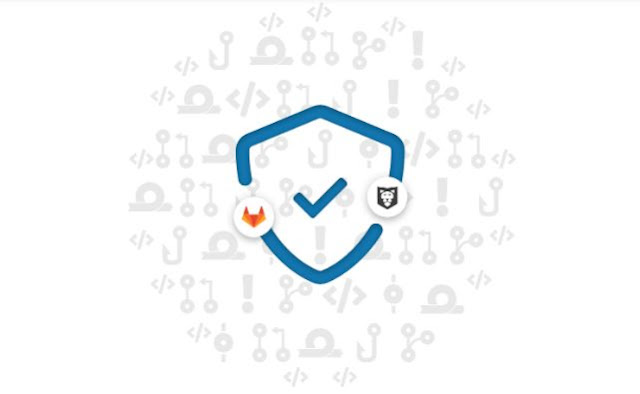
Learning How To Utilize GitLab's Native Backup Features
GitLab recommends various backup strategies and tools to ensure data safety. Let's talk about GitLab rake tasks now. The main drawback is that such a copy cannot be restored to any other version or type of GitLab than the one it was created on, and that it does not save any configuration settings. When it comes to data security, GitLab recommends a few extra measures:
• Combining snapshots with rsync.
• Using both GitLab's primary Geo site and a mirror site.
• Use git clone to copy data from the Git repository.
• Block repositories that are marked as read-only.
While GitLab recommends file system data transfer and snapshots, you may wonder if this is enough to ensure the safety of your GitLab data (including repositories and metadata).
Alternatives To GitLab's Built-In Backup Tools
Let's take a look at the key advantages of using a third-party purpose-built GitLab backup software over using GitLab's own tricks and tips, constructing your own backup script, or doing nothing at all.
Third-party tools for GitLab backup typically have a straightforward interface, making it simple to set up, monitor, and restore backups.
Additional options for backup schedules, data retention, and backup location can be made available by such tools because of their adaptability.
For better backup management, it is possible to integrate third-party tools with other system tools like monitoring and alerting systems.
These GitLab backup tools typically include high-end options like incremental backups, compression, and encryption to safeguard your data and save you time and storage space. Backups are performed accurately and with minimal downtime when using third-party tools because they are typically developed and supported by specialized teams. In terms of cost, it is widely regarded as preferable to developing than maintaining one's own backup script.
One excellent example of a fully manageable third-party GitLab backup that employs custom-built Disaster Recovery Technologies is GitProtect.io.
The Most Effective Methods For Backing Up And Restoring Your Gitlab Data
The term "Disaster Recovery Plan" is used to describe the measures taken by businesses to keep operations running in the aftermath of a catastrophic event. Here are some best practices to follow to guarantee a smooth and immediate GitLab restore for both routine maintenance and full-scale disaster recovery.
• Create full, incremental, and differential backups of your repositories and metadata on a regular basis.
• If multiple servers are configured in a high availability configuration, GitLab should continue to function in the event of a failure of a single server.
• Keep at least 3 copies, 2 locations, 1 offsite, per the 3-2-1 backup rule.
• Constantly verify your backups
• RPO and RTO should be measured.
• Notate the steps taken to create backups and restore data
• Make sure everyone on the team is familiar with the procedure and the guidelines above.
Be certain that your backup solution for GitLab includes both GitLab Disaster Recovery technologies and granular restore, allowing you to instantly restore only the data you need, from a point in time of your choosing. With DR in place, you won't have to worry about major service outages, attacks, or errors caused by simple human error. You can easily restore your entire GitLab environment on the same or another GitLab account, on your local machine, or on another git hosting service, such as GitHub or Bitbucket. Are you curious? Make sure you follow all of the advice in GitProtect.io's helpful guide to backing up your GitLab repository.
If you want to learn more about gitlab backup, you can do so at https://gitprotect.io/gitlab.html.
